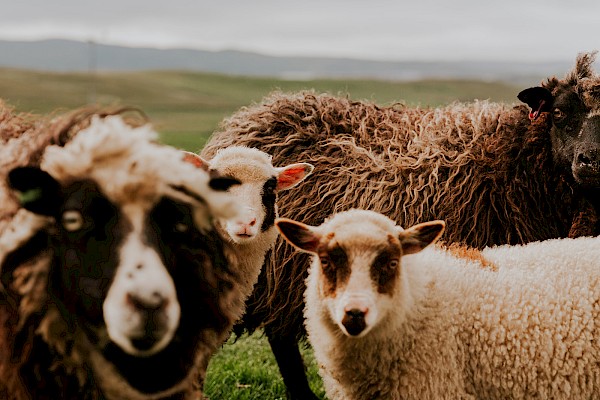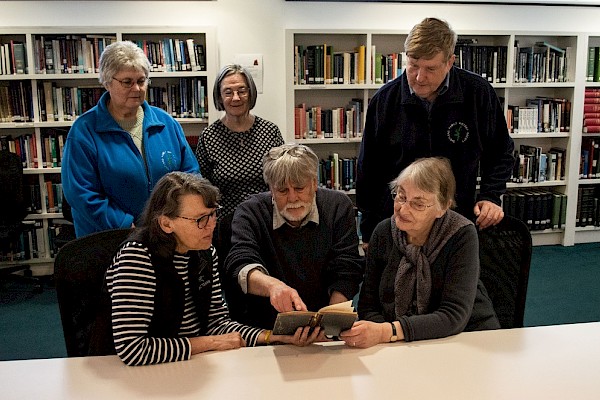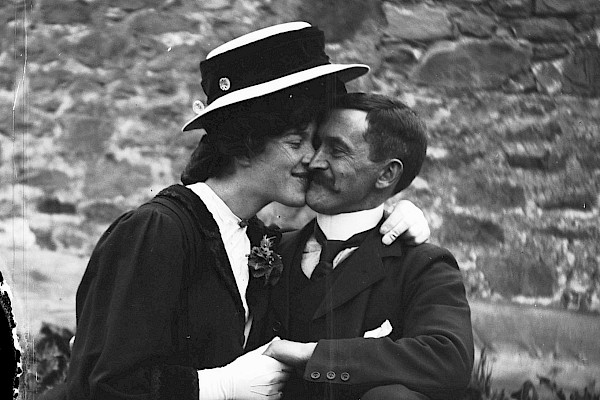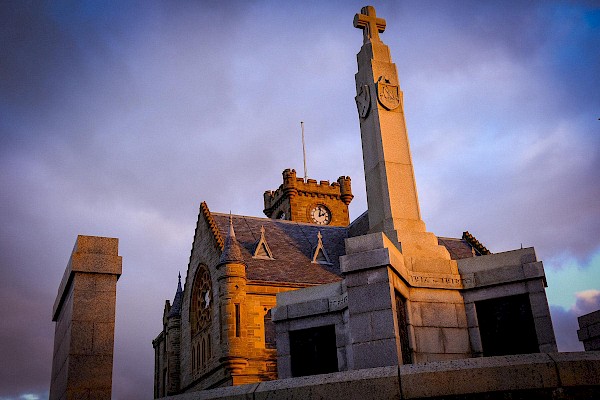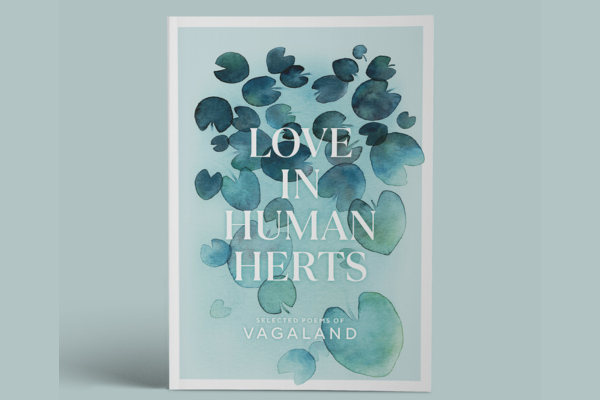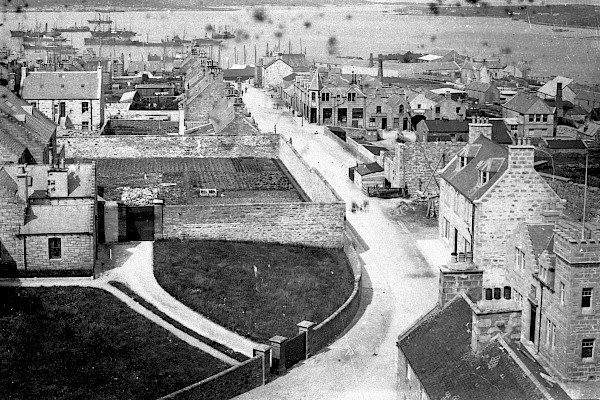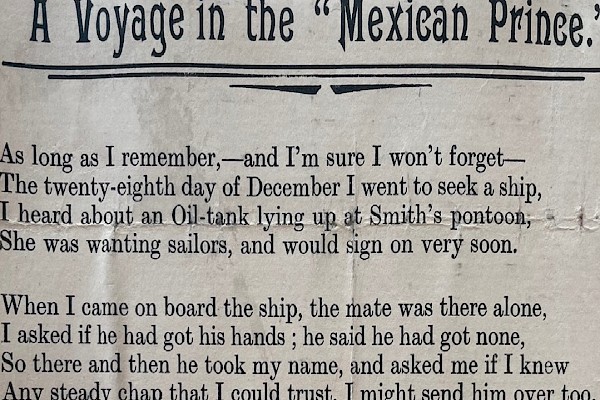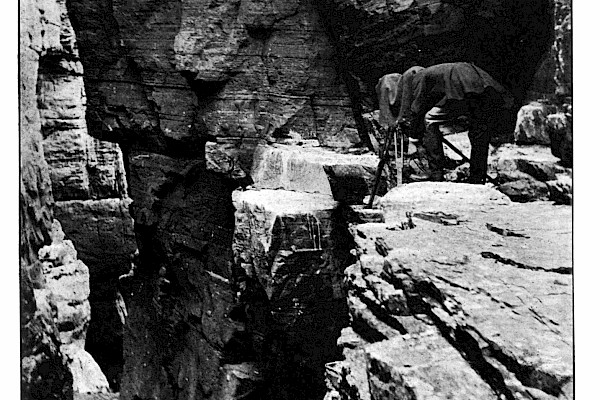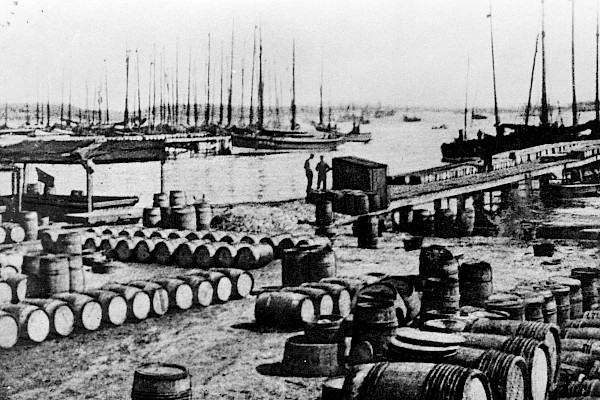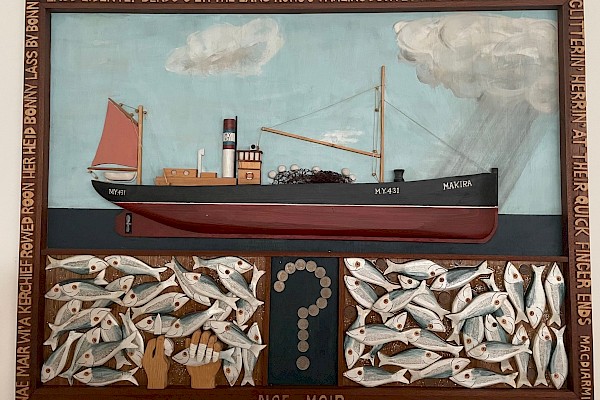Social Networking in the 1940s
Anyone reading this blog is used to sharing information and connecting with people online. We take it for granted that, if we want to look something up, read the news, or see a friend, all we have to do is open our laptop or lift our phone. We live in a networked, interconnected world, where it’s just as easy to communicate with someone in New Zealand as it is to speak to a neighbour a few miles along the road.
In the 1940s, though, the idea of a Shetlander FaceTiming their cousin in Montreal or Chicago would only have been possible in the wildest science-fiction stories. Back then, whatever social networks you were involved in would have extended about as far as you could walk. People would mostly have seen the people who lived nearby. For rural Shetlanders, even a trip to Lerwick would have been a rarity.
But, in the 40s, even without Facebook or Twitter, a small group of Shetlanders came up with a unique social network of their own. This network was called The Shetland Poetical Circle and, as the name suggests, it was made up of people who were interested in creative writing. Today, local writers have numerous outlets for their work - The New Shetlander magazine, or The Island Review website, for example - but, in 1940s, there wasn’t really anywhere that published writing by Shetlanders.
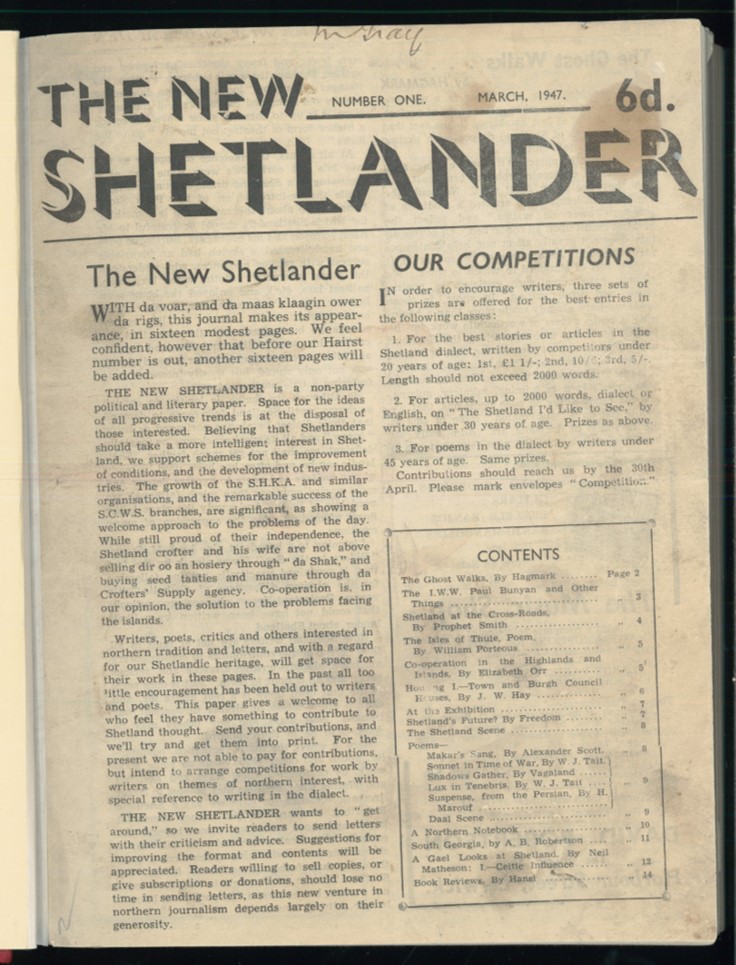
The New Shetlander would rectify this situation when it appeared in 1947 but, from 1941 until then, the members of the Poetical Circle took things into their own hands. They did this by circulating a notebook throughout the isles, in which members of the group could add their latest poem or story. The notebooks started their journey in the Whalsay home of Walter John Robertson, one of the group’s founders (the other was Bertie Deyell of Semblister), and, once a member received it, they had two wees to make their contribution. Once the notebook had been to every member of the group, it returned to Whalsay and Robertson sent the next one on its way.

The group circulated three notebooks altogether, and these are now in the Shetland Archives (with the reference number D9/174). They were given the title Shetland Writings and have lovely hand-illustrated covers. In the first volume there are ten contributors, and, by volume 3, this had increased to twenty-seven. One of the contributors was the Foula schoolteacher’s young daughter Stella Smith (later Sutherland), who continued to publish new work for the next seven decades. Were it not for the arrival of Shetland Writings, somebody like Stella may have found it hard to connect with like-minded creative people in the isles.
In our present lockdown situation, we are fortunate to have technologies that help us stay in touch with friends and family. In the 1940s people didn’t have to stay in their houses because of a global pandemic, but, in rural Shetland, they had other kinds of isolation to deal with. If you were a poet, you might have been the only poet for miles around. The notebooks of the Shetland Poetical Circle, in giving people a place to write and to read the work of others, allowed writers to form a kind of virtual literary community. The three volumes of Shetland Writings give us a rich and fascinating insight into the Shetland creative scene of eighty years ago.
 We hope you have enjoyed this blog. We rely on the generous support of our funders and supporters to continue our work on behalf of Shetland. Everything we do is about caring for Shetland's outstanding natural and cultural heritage on behalf of the community and for future generations. Donations are welcomed and are essential to our work.
We hope you have enjoyed this blog. We rely on the generous support of our funders and supporters to continue our work on behalf of Shetland. Everything we do is about caring for Shetland's outstanding natural and cultural heritage on behalf of the community and for future generations. Donations are welcomed and are essential to our work.
